When one conjures images of African art, a dazzling array of masks, sculptures, textiles, and paintings may come to mind. Steeped in a rich history and diverse cultural traditions, African art has played a pivotal role in shaping human civilization. However, one cannot fully appreciate the intricacies and nuances of African art without examining the role of gender within its artistic expressions. Traditionally, African art has reflected societal norms and expectations surrounding gender roles, often sidelining the contributions of women. This journal seeks to explore the impact of African art on challenging gender stereotypes and redefining gender expression in a rapidly globalizing world.
Traditional African art and gender
Throughout history, gender roles in African societies have been clearly defined, with men dominating the realm of artistic creation. Women, on the other hand, have been largely relegated to utilitarian crafts such as pottery and textiles. As a result, their artistic contributions have often been overlooked, downplayed, or dismissed. This marginalization is further compounded by the fact that traditional African art frequently depicted men and women in ways that reinforced gender stereotypes, with men appearing as strong, powerful warriors and women portrayed as submissive, nurturing figures.
However, as societies evolve and change, so too does the art they produce. The emergence of female African artists, coupled with the impact of globalization on African art, has ushered in a new era of artistic expression that challenges traditional gender roles and expectations. These changes have set the stage for a redefinition of gender expression in contemporary African art, paving the way for a more inclusive and diverse representation of gender identities.
Challenging gender stereotypes through African art
In recent years, the African art scene has witnessed a growing number of female artists making their mark on the world stage. These trailblazers have not only shattered the glass ceiling that once prevented them from gaining recognition but have also used their art as a powerful medium for social change. One such example is the internationally acclaimed Nigerian artist, Njideka Akunyili Crosby, whose work often explores themes of identity, belonging, and gender. Through her unique visual language, she challenges traditional representations of women in African art, offering a more nuanced and multifaceted portrayal that reflects contemporary realities.
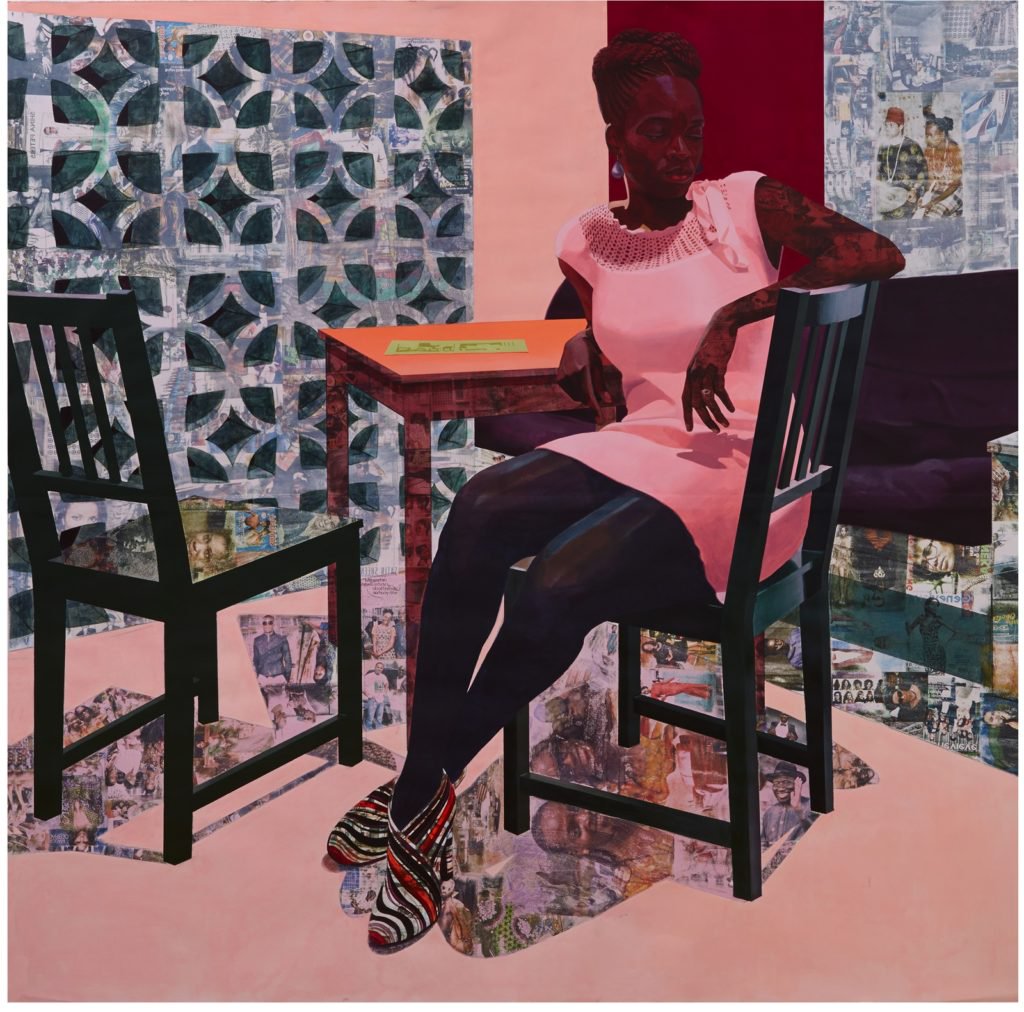
Similarly, South African artist Mary Sibande’s work addresses issues of gender, race, and class through her striking sculptures and installations. Drawing inspiration from her own family history, Sibande’s art engages with the experiences of domestic workers in South Africa, highlighting the often-overlooked contributions of women to society. By giving voice to marginalized groups and challenging the status quo, these artists are playing a crucial role in promoting gender equality and social change through their art.
Redefining gender expression in contemporary African art
The impact of globalization on African art cannot be overstated. As African artists gain exposure to new ideas, techniques, and influences from other cultures, their art has evolved to reflect these changes. This cross-pollination of ideas has led to a more inclusive and diverse representation of gender in contemporary African art, allowing for the exploration of non-binary identities and gender fluidity.
Take, for example, the work of Zanele Muholi, a South African artist and activist who uses photography to document and celebrate the lives of Black LGBTQ+ individuals. Muholi’s powerful images challenge traditional notions of gender and identity, highlighting the resilience and strength of those who exist outside the confines of societal norms. Similarly, Nigerian artist Wura-Natasha Ogunji explores themes of gender, identity, and diaspora through her intricate, hand-stitched drawings on tracing paper. Ogunji’s work often features androgynous figures that defy categorization, blurring the lines between male and female and encouraging viewers to question their own assumptions about gender roles.
Another case in point is the Ghanaian artist, Serge Attukwei Clottey, whose mixed-media installations incorporate both traditional and contemporary materials, such as discarded plastic containers and vibrant textiles. Clottey’s art often examines the role of gender within Ghanaian society, with a particular focus on the intersection of masculinity and domestic labor. By challenging traditional gender roles and expectations, Clottey’s work invites viewers to reconsider the ways in which gender is constructed and performed within their own cultural contexts.
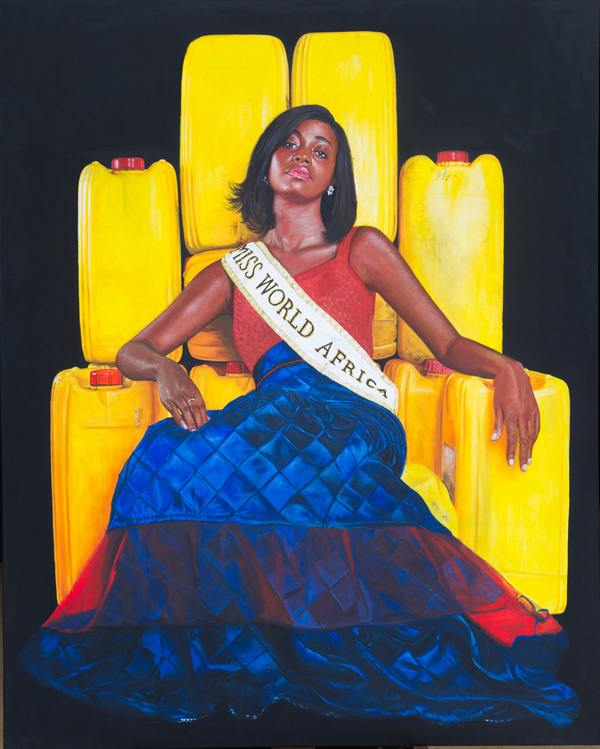
These examples, among countless others, highlight the transformative power of art in fostering greater understanding, acceptance, and inclusivity across the gender spectrum. As African artists continue to push the boundaries of traditional gender roles and expectations, they not only redefine gender expression within their own cultures but also contribute to shaping global conversations on gender and identity.
In conclusion, the world of African art has come a long way from its traditional roots, with contemporary artists challenging gender stereotypes and redefining gender expression through their work. From the emergence of female African artists who have gained international recognition, to the exploration of non-binary identities and gender fluidity, African art is at the forefront of social change and understanding. The continued progress in promoting gender equality within the African art scene is not only essential for the development of the art itself but also serves as a powerful tool for fostering dialogue and bridging cultural divides.
As African art continues to evolve and adapt to the rapidly changing world, the potential for further development in the realm of gender and identity is immense. By embracing the diversity of perspectives and experiences that African artists bring to the table, we open ourselves up to a richer, more nuanced understanding of the human experience. It is through this ongoing process of exploration and redefinition that African art will continue to challenge, inspire, and shape the world around us.

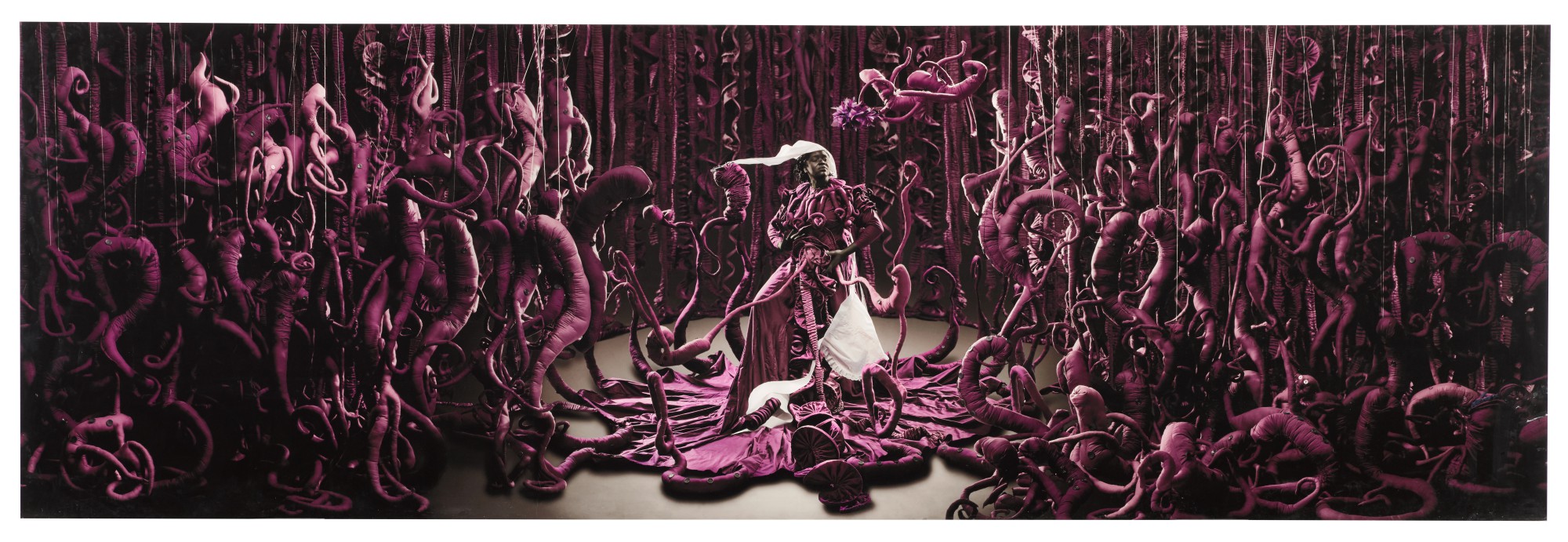

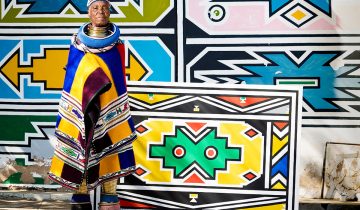
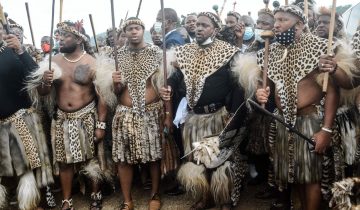
 No products in the basket.
No products in the basket.